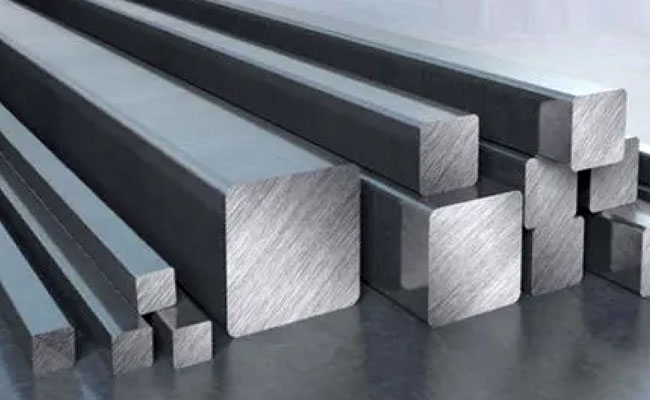
Heat-Resistant Alloys: Applications in Aerospace and Energy Part One
2025-07-22
Design for Manufacturability: 8 Tips to Optimize Cast Parts
2025-08-04Renewable Energy
Solar Thermal Plants: Cobalt/nickel alloys in heat exchangers and molten salt storage systems (e.g., Inconel 625) handle temperatures up to 565°C.
Fossil Fuels
Oil/Gas Extraction: Corrosion-resistant alloys (e.g., Hastelloy C-276) are used in drilling equipment exposed to high-pressure, high-temperature (HPHT) environments.
Coal Plants: Austenitic stainless steels (e.g., 310S) line boilers and steam turbines.
Key Alloys and Compositions
Inconel (Ni-Cr): Oxidation resistance (jet engines, nuclear reactors).
Hastelloy (Ni-Mo-Cr): Corrosion resistance (chemical plants, oil/gas).
Waspaloy (Ni-Co-Cr): High-temperature strength (turbine disks).
Titanium Aluminide (Ti-Al): Lightweight for aerospace structures.
Challenges
Cost: Scarce elements (Ni, Co) drive expenses.
Manufacturing Complexity: High melting points complicate casting/forging; additive manufacturing (3D printing) is emerging.
Sustainability: Recycling difficulties and environmental impact necessitate research into alternatives (e.g., high-entropy alloys).
Future Trends
Advanced Manufacturing: 3D printing enables complex geometries (e.g., lattice structures for cooling).
Nanotechnology: Nanoparticle reinforcements (e.g., carbide dispersions) enhance strength.
Computational Design: AI-driven models accelerate alloy discovery (e.g., multi-principal element alloys).
Hybrid Materials: Ceramic matrix composites (CMCs) paired with alloys for higher temperature limits.
Conclusion
Heat-resistant alloys are pivotal in pushing the boundaries of aerospace and energy technologies. As demands for efficiency and sustainability grow, innovations in material science and manufacturing will continue to expand their capabilities, ensuring these alloys remain at the forefront of high-temperature engineering.




